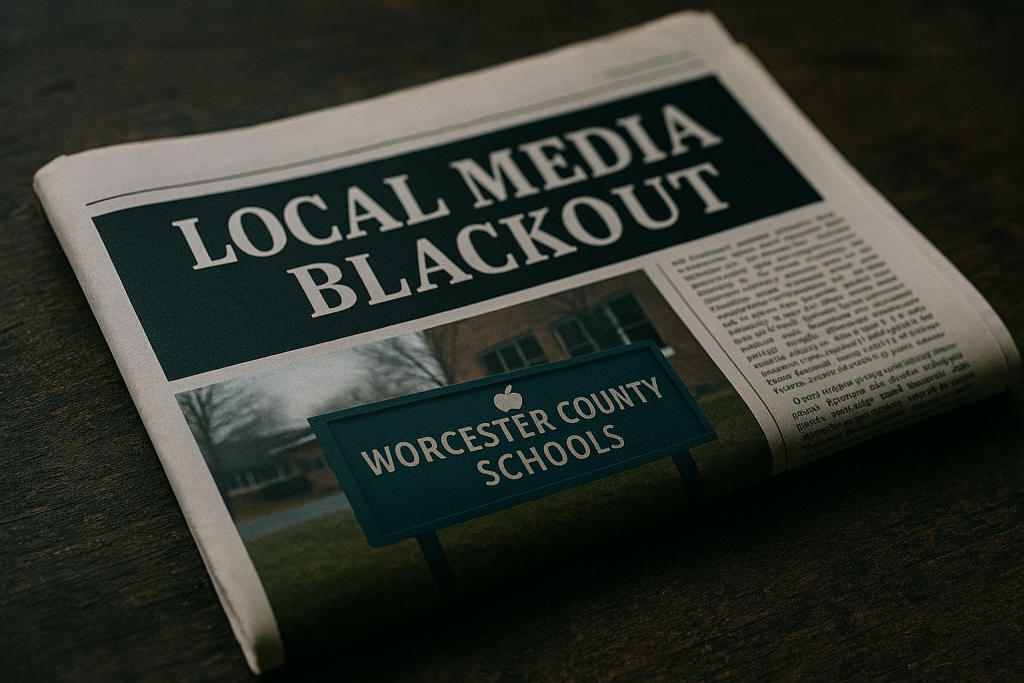
Equity Audits in School Districts: An Explainer
In late 2020, the Baldwinsville Central School District in upstate New York began gathering data on middle school students’ participation in accelerated learning programs, which aim to provide them with access to Advanced Placement and other college-level courses in high school, according to Deputy Superintendent Joe DeBarbieri.
In this process, district officials found a significant underrepresentation of students of color and those with disabilities in these advanced courses. Baldwinsville enrolls about 5,000 students, which are 87 percent white, and has 806 students with disabilities, making up 15 percent of its enrollment.
“We started asking the question, why is that the case? You know, when they’re exposed to the same types of curriculum and experiences? What are we doing wrong?” he said.
“So it forced us to ask why, and then we started engaging in these equity audits from both the building and the district level.”
This led the district to conduct so-called equity audits at the building and district levels, examining various aspects of schooling, including reading and math scores, extracurricular activities, athletics, school suspensions, and chronic absenteeism.
The district has since made this data publicly available on its website, although DeBarbieri noted that addressing the issues uncovered in the data presents significant challenges.
“The easy part in my mind is pulling the data and getting them into the format where you can see the proportionality,” DeBarbieri said. “The difficult part then becomes, what are those next steps to address the issues?”
Here’s what equity audits are, why they’re important, and more.
What are equity audits?
Equity audits are systemic examinations of data across schools and a district to understand where gaps to access and challenges to educational equity exist. They can be conducted at the district level, but also within a school, a department, or even a classroom. They often look at student data on performance, discipline, or attendance, or a combination of those, and put them into context of the district, school, or classroom’s demographics to see which types of students are under and overrepresented.
The term equity audit first started to be used about 25 years ago, but the practice of evaluating data to analyze where inequities lie is older than that, according to George Theoharis, a professor of educational leadership at Syracuse University,
“One of the key features … is this idea of proportional representation, and it’s actually a pretty useful tool for schools and districts,” Theoharis said.
For example, if 30 percent of a district’s enrollment is Black students, 30 percent of students suspended, 30 percent of students in advanced classes, and 30 percent of kids participating in performing arts should be Black students, according to Theoharis.
“That idea of proportional representation is a lens to bring to your equity audit to see ‘okay, how are we doing? Where are the gaps? Where are we achieving sort of greater equity?’”
Why are they important?
The goal of an equity audit is to make sure students are represented in proportion to their enrollment across various data points, three experts told EdWeek.
A successful equity audit can be the blueprint for systemic change in the district, because educators at all levels can better understand their role in causing or contributing to disparities the audit uncovers, several experts told EdWeek.
In DeBarbieri’s district, things are slowly changing because of the plan the district created based on the audit data.
The district introduced more diverse curricular resources so that students could have options and pick books that reflect their experiences. It also changed the criteria for accelerated middle school math and science courses so more students could take them without having to go through as many prerequisites.
The district is also noticing a reduction in discipline for students with disabilities and students of color because of restorative practices, which allowed students to work with each other to resolve disputes instead of disciplining them.
“We have a responsibility and obligation to advocate and to support all students,” he said.
“Until you really start looking at the data, and asking the questions, why and how come and what can we do to address these areas of inequity, we’re not doing enough.”
The district has since conducted the audit again this year, and plans to analyze the data annually.
Who conducts equity audits?
Equity audits can be used on different levels by teachers, department chairs, principals, and district administrators. Educators enrolled in educational leadership graduate programs are often taught to conduct equity audits as part of their coursework.
One such program is led by Irma Almager, an associate professor of educational psychology, leadership, and counseling at Texas Tech University.
Almager’s masters’ students are teachers and her doctoral students are district leaders often on their way to becoming superintendents. She currently has about 200 students, learning remotely, from districts across the state.
All of them conduct equity audits of their own classrooms, schools, or districts and come up with action plans to address the discrepancies they find as part of their leadership curriculum. Teachers get authorization from the district to use classroom-level data, so these audits don’t cost the district any money.
“The biggest takeaway is the data reveals the inequity, but it also reveals to each one individually the role that they’ve played in creating the inequities in their spaces,” Almager said about teachers conducting equity audits of their classrooms.
“In the self-examination of their own biases, and why they make the decisions that they make, many times they find out that it’s just the norm. It’s a practice in their district and it is not even successful, but it’s just something everyone does.”
Districts can also commission outside organizations to conduct data analyses in specific areas, such as special education.
What are the results of equity audits?
The results of equity audits depend on what kind of analyses districts are doing—whether it’s quantitative date on attendance, performance, and discipline, or more qualitative data, such as results of student surveys. But overall, many district and school leaders discover some degree of well-known inequities, said Dusty Palmer, an assistant professor in educational psychology, leadership, and counseling at Texas Tech University who runs a program similar to Almager’s.
Principals and district leaders in Texas find Black students are overrepresented in discipline data and often have lower attendance rates compared to other students. Special education students can either be vastly over or underrepresented in discipline, he said.
“Knowing this, we’re going to go in there and advocate for the minority students that are disciplined,” Palmer said.
“This is where you see a lot of our principal residents take on either attendance or discipline within their campus to either increase the attendance of the ones that are not coming to school, or reducing the discipline referrals.”
Experts and district leaders agree that the problem lies with thinking students are to blame for discipline, attendance, or inadequate academic performance, and often, the results of equity audits shift educators’ mindsets to realizing and accepting that they could be working differently to bridge some of the gaps the audits find.
“So the findings, they correlate with nationwide findings, but we take it to that next step,” Palmer said.
“Now they’re really starting to talk about thinking and changing the knowledge, skills, and mindsets of the teachers so that the student performance will be impacted.”
Are equity audits controversial?
Since 2020, the term “equity” has become controversial in some parts of the country. In an Education Week survey from 2022, 13 percent of teachers, district, and school leaders said that the word had been weaponized or was controversial.
That’s in part because of the link between equity and critical race theory, an academic concept whose core idea is that racism is embedded within laws, policies, and large systems. The backlash to critical race theory—including dozens of state laws to ban it—has extended to diversity, equity, and inclusion initiatives in school districts that are meant to address racial inequities. In Almager’s program, teachers and district leaders run into this issue across the state, she said.
Sometimes, their districts are “pretty harsh,” she said, and want to scrutinize the equity audits and the action plan to address the disparities the audit finds
“Some districts do not want to use the word equity or inequity. So they use words like disparities, or disproportions or things like that,” she said.
“We can change the wording and keep the action.”
Equity audits are not new, Theoharis, the professor from Syracuse, said, so sometimes the debate about the wording just becomes about semantics.
“Schools have done needs assessments forever. That’s pretty common and not a controversial practice,” he said. “And equity audit is just a different name for a thoughtful needs assessment that takes into account the diversity of our population and groups that have been marginalized.”
Education Issues, Explained
Go deeper on important K-12 issues with these research-based background explainers from Education Week.
Dig Deeper With Our Longreads
Newsletter Sign up to get our best longform features, investigations, and thought-provoking essays, in your inbox every Sunday.
The MEN was founded by John Huber in the fall of 2020. It was founded to provide a platform for expert opinion and commentary on current issues that directly or indirectly affect education. All opinions are valued and accepted providing they are expressed in a professional manner. The Maryland Education Network consists of Blogs, Videos, and other interaction among the K-12 community.







